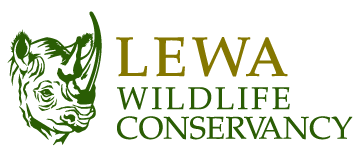-
Community-based conservation is an approach to preserving biodiversity that involves close collaboration with the communities residing in the vicinity of a protected wildlife area.
-
From the outset, Lewa recognised that the active involvement of these local communities was essential for the long-term success and holistic sustainability of our conservation efforts. Lewa was founded on the principle that the benefits derived from wildlife protection and related tourism should be reinvested in these communities, ultimately improving their quality of life. Thus, the empowerment of communities, especially those who coexist with wildlife on their lands or reside near conservation areas, represents the most enduring strategy for wildlife conservation.
-
As such, community-based conservation encompasses a comprehensive approach, addressing wildlife management, harmonious coexistence between humans and wildlife, education, community development, livelihoods, and healthcare, in acknowledgment of the specific needs of these communities.
Can you explain community-based conservation?
What exactly does a private, public partnership mean when describing the Conservancy?
- Lewa, as a privately-owned and managed Conservancy, is leveraging its conservation platform to meet the development priorities of communities surrounding the Conservancy, thereby contributing directly towards the Kenyan government’s public development agenda. Lewa is meeting real needs, enhancing and diversifying livelihood opportunities and addressing environmental priorities.
- Lewa’s model sees that private, public, community and philanthropic sectors work in partnership for the benefit of both wildlife and people.
- We work with the government to provide solutions that address the education and healthcare needs of the communities.
What defines a Conservancy?
- A conservancy is a body concerned with the preservation of nature, specific species, or natural resources.
- Lewa has a set of conservation strategies and actions undertaken with its partners, including the Kenya Wildlife Service, to achieve positive conservation outcomes for endangered and key species found on the Conservancy.
- Lewa uses a community-based conservation approach that involves active participation and partnership with the local communities.
- Initially privately-owned ranch land, Lewa Wildlife Conservancy is now a company limited by guarantee.
Where does Lewa get its funding?
- Lewa raises 70% of its revenue through fundraising – 83% of our funding comes from individuals while the rest comes from zoos and partners (11%) foundations (4%), event income (1%) and miscellaneous income (1%).
- Tourism contributes 30% of the Conservancy’s annual revenue.
- Additional funding also comes from the Lewa Endowment Fund.
How many people does Lewa employ?
Lewa employs 310 people. Since 1995, 90% of Lewa’s staff are from the neighbouring areas.
How is Lewa regulated?
To learn more about how Lewa is regulated, please refer to:
- The Lewa Standard
- In accordance with Kenyan regulation: Wildlife Act and Environmental Management & Coordination Act.
How is Lewa governed?
A Kenyan Board led by a Kenyan team of directors is charged with the strategic direction, governance and fiduciary oversight of the Lewa Wildlife Conservancy. This strategic direction is then executed by Lewa’s Management and team. Lewa is supported internationally by four Lewa non-profit fundraising Boards: Lewa USA, Lewa UK, Lewa Canada and Lewa Switzerland.
All the overseas fundraising nonprofits coordinate their fundraising efforts with Lewa, but remain independent and are managed by each nonprofit’s Board of Directors.
What is Lewa’s connection to the Northern Rangelands Trust?
- In the 1980s, poaching had reduced Kenya’s rhino population from around 20,000 animals in 1960 to less than 500. Land at Lewa was set aside as a protected area, which was later transformed into Lewa Wildlife Conservancy. As wildlife numbers at Lewa flourished, it became clear that for conservation to work longterm, it needed to involve and benefit the pastoralist communities in the surrounding areas, resulting in the launch of an umbrella body, the Northern Rangleands Trust (NRT). NRT is now supporting 35 community conservancies across northern Kenya and beyond. Today, NRT and Lewa Wildlife Conservancy have separate identities, but still benefit from a close working relationship, with Lewa playing a key role in providing logistical and technical support to NRT. The community conservancies are a part of a wider movement in northern Kenya that aims to use conservation as a development strategy, using holistic approaches that link better livelihoods to the sustainable management of natural resources, including wildlife.



